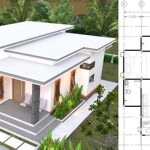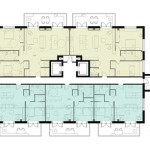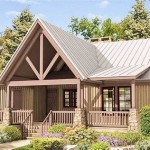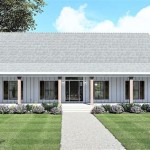Essential Aspects of Traditional Japanese House Design Plans
Traditional Japanese house design, with its centuries-old history and unique aesthetics, has captivated architects and homeowners worldwide. These homes embody a harmonious blend of functionality, simplicity, and a deep connection to nature. Understanding the essential aspects of traditional Japanese house design plans is crucial for preserving their heritage and creating authentic, livable spaces.
1. Modular Structure and Flexibility
Traditional Japanese houses follow a modular design principle, utilizing a system of interlocking wooden beams and columns called "ken." This grid-like structure allows for flexibility in floor plan and room size, accommodating the needs of different families and lifestyles. Rooms can be easily added or removed, and walls can be adjusted to create a dynamic and customizable living environment.
2. Respect for Nature
Nature plays a pivotal role in traditional Japanese house design. Large windows and sliding doors (shoji) connect indoor and outdoor spaces, blurring the boundaries between them. Homes are often built with natural materials, such as wood, stone, and paper, which blend seamlessly with the surrounding environment. Gardens and courtyards are integral parts of the design, providing privacy and a tranquil retreat.
3. Central Courtyard (Tsuboniwa)
Many traditional Japanese houses feature a central courtyard or tsuboniwa. This private space is often surrounded by sliding doors or verandas and can be used for relaxation, gardening, or entertaining guests. The tsuboniwa serves as a focal point and provides natural light and ventilation to the surrounding rooms.
4. Neutral Color Palette
Traditional Japanese house interiors are characterized by a neutral color palette. Earthy tones, such as beige, brown, and gray, create a sense of tranquility and simplicity. Natural wood accents add warmth and texture to the space, while white paper screens and shoji diffuse light, creating a soft and inviting atmosphere.
5. Minimalistic Furnishings
Japanese houses are known for their minimalistic furnishings. Furniture is typically low to the ground, allowing for easy movement and a sense of spaciousness. Built-in storage, such as tatami mats or tokonoma alcoves, keeps clutter to a minimum, promoting a sense of order and harmony.
6. Attention to Detail
Traditional Japanese house design pays meticulous attention to detail. Every element, from the shape of a door handle to the pattern of the tatami mats, is carefully considered. Skilled artisans create custom-made fittings and fixtures, ensuring that each home is unique and reflects the owner's personality.
7. Blurring of Boundaries
Japanese houses often feature a blurring of boundaries between indoor and outdoor spaces. By opening up the shoji and sliding doors, rooms can be extended into the garden or courtyard, creating a seamless transition between them. This fluidity allows for a harmonious connection with nature and promotes a sense of peace and serenity.
Conclusion
Traditional Japanese house design plans offer a timeless aesthetic and functional approach to living. By incorporating the essential aspects outlined above, architects and homeowners can create authentic and livable spaces that embody the principles of simplicity, flexibility, and reverence for nature. These homes not only provide shelter but also serve as a sanctuary where residents can find tranquility, harmony, and a deep connection to their environment.

Hachidori Floor Plan Traditional Japanese House Japan Design Home Plans

Traditional Japanese House Floor Plan Google Search Plans

Traditional Japanese House Plan Style Plans

Japanese Home Design Ideas Pictures 331 Sqm Homestyler

Traditional Japanese Home Floor Plan Cool House Plans Ideas Des Architecture Style

Japanese Home Design Ideas Pictures 331 Sqm Homestyler

House Floor Plan Design Plans Traditional Japanese Container Home Style

Traditional Japanese House Floor Plans With Drawings Upgradedhome Com

Japanese House For The Suburbs Traditional Style

Japanesque House Floorplan Japanese Style Home Design Floor Plans








